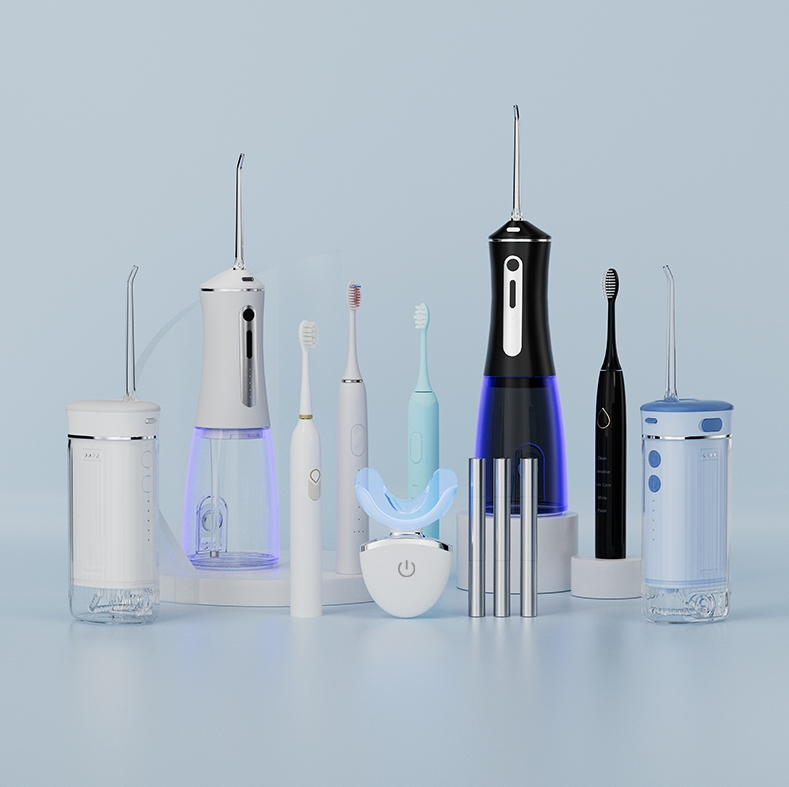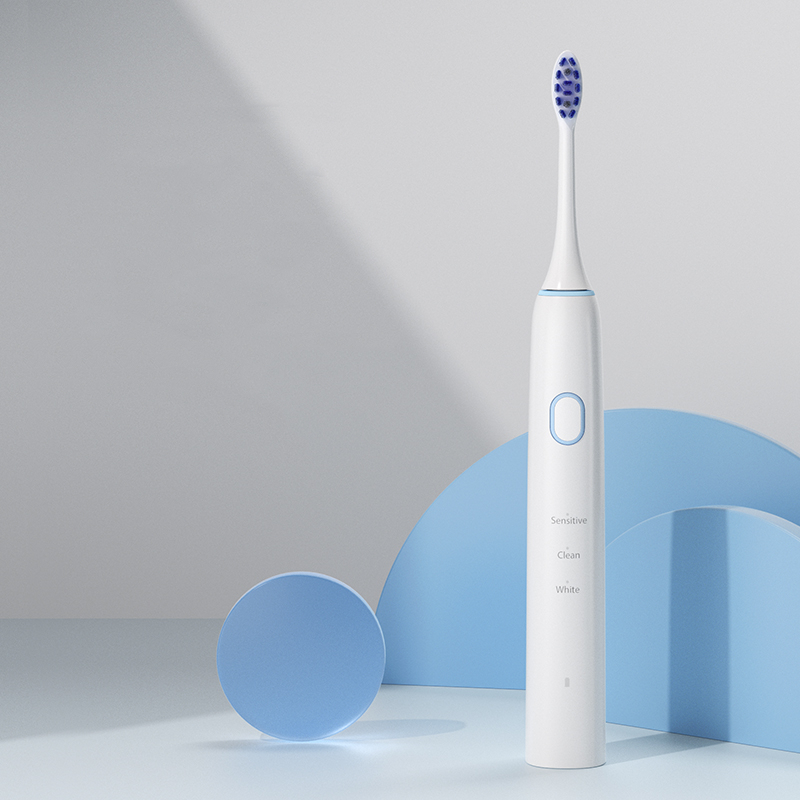As the oral care device industry moves toward smarter and more efficient products, two recurring challenges have drawn the attention of both OEM/ODM manufacturers and end-users: weak vibration and sensor failure. While either issue alone can impact performance, their combination presents a serious threat to product reliability, user satisfaction, and brand credibility. But is this double malfunction an avoidable design flaw—or an inevitable risk of advanced technology?
Weak vibration in sonic toothbrushes or oral irrigators usually stems from:
When vibration intensity weakens, plaque removal efficiency plummets, compromising the primary function of the device. Customers may feel the product is ineffective or defective, triggering complaints and returns.
Simultaneously, sensor failure—whether pressure sensors, position detectors, or usage timers—leads to operational inaccuracy. Common reasons include:
A failed sensor may not detect excessive brushing pressure or incorrect positioning, raising the risk of gum damage and reducing brushing efficiency.
These two malfunctions are not isolated; they often occur together and amplify device dysfunction:
This double malfunction creates an unreliable, inconsistent user experience—a significant concern for premium product positioning. Company web: https://www.powsmart.com/product/electric-toothbrush/
For manufacturers, the following design and production flaws commonly contribute to this problem:
These weaknesses emerge more frequently in cost-driven or poorly controlled production processes.
B2B suppliers can prevent weak vibration and sensor failure by:
Such improvements greatly reduce the risk of double malfunction and enhance product durability and user trust.
Emerging technologies offer solutions that directly address these dual risks:
Manufacturers who invest in these features will lead the market with reliable, advanced devices.
While weak vibration and sensor failure may seem like separate technical faults, their combination poses a critical risk to oral care device performance and brand integrity. Forward-thinking OEM and ODM manufacturers must prioritize quality materials, precision engineering, and rigorous testing to prevent this dual malfunction. Only then can products deliver on the promise of efficiency, safety, and smart functionality demanded by today’s consumers.
.jpg)
.jpg)
.jpg)
.jpg)
How the wedding gift toothbrush became an India corporate gift trend

What Are the Materials and Processes of electric toothbrush Handle Shell Used?
.jpg)
Custom Colors Whitening Electric Toothbrush OEM: Partnering for Premium Oral Care Solutions

Are Oral Care Products Suitable for TK Small Businesses?

Electric Toothbrush for Gum Recession – Soft Bristles & Pressure Control

electric toothbrush factory evaluation standards- 5 Must-Read Criteria for Brand Owners
How to Fix LCD Glitches and Sensor Errors?
Can Your Water Flosser Handle Braces?
Orlando Travel Toothbrush – Powsmart Travel Design with USB-C Charging
.jpg)
Florida Electric Toothbrush – Powsmart PTR-C8 for Humid Climates
Smart Electric Toothbrush for Tech Professionals Koramangala
Do Mode Malfunction and Pulse Instability Compromise Device Stability?
Vestibular Stimulation Triggering Head Positioning Dizziness?

How Often Should You Use a Water Flosser?
Battery Bloating with Jaw Fatigue – Coincidence?

Can One Shared Charging Base Power a Family Pack Bundle of 4 Brushes?

Electric toothbrush heads Charcoal Infused-Diamond

electric toothbrush heads Regular Clean

Customization Teeth Whitening Gel

electric toothbrush heads Ultra Soft

electric toothbrush heads Deep Clean

electric toothbrush heads Charcoal Infuse-Round

Private Label Whitening Gel
.jpg)
Florida Electric Toothbrush – Powsmart PTR-C8